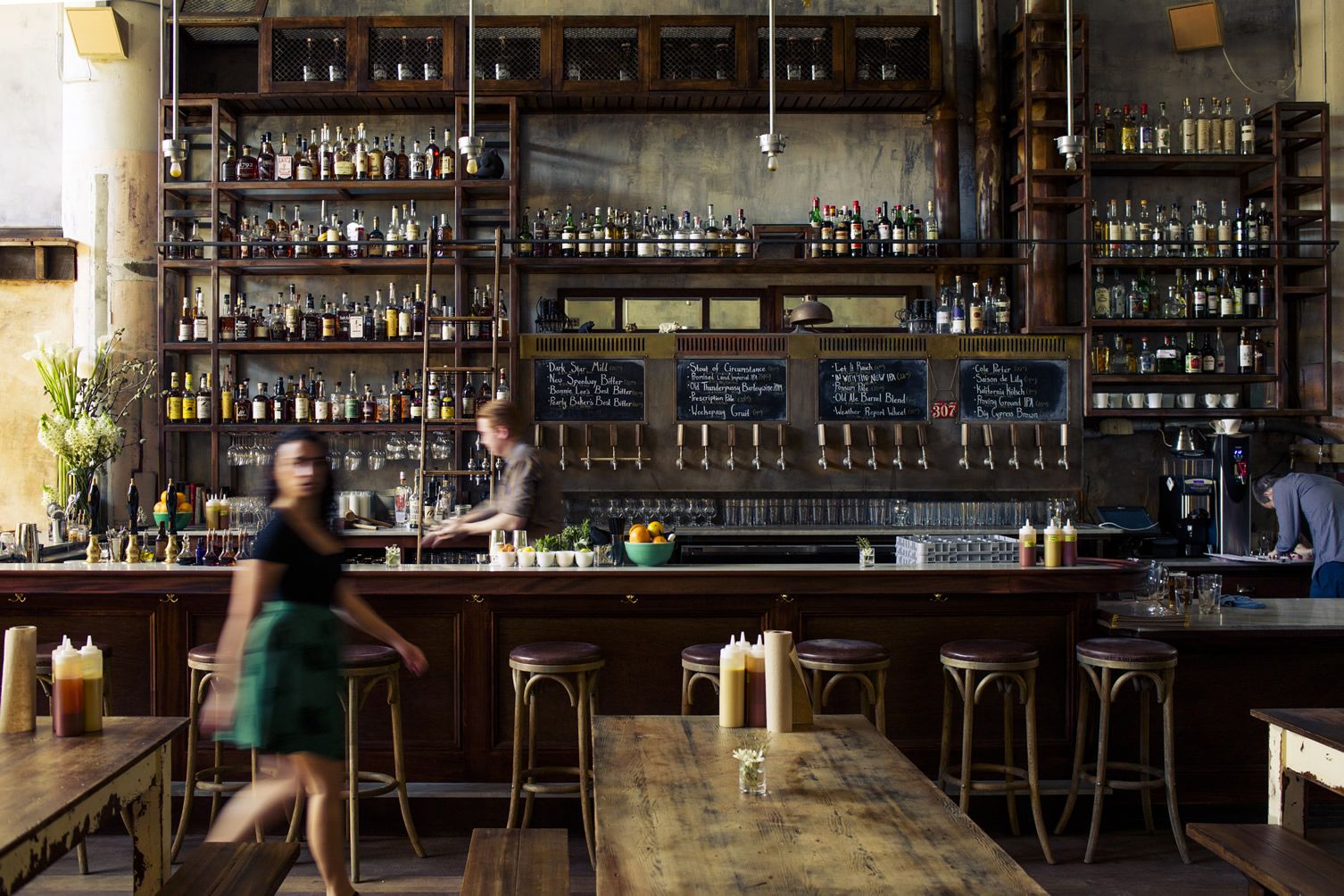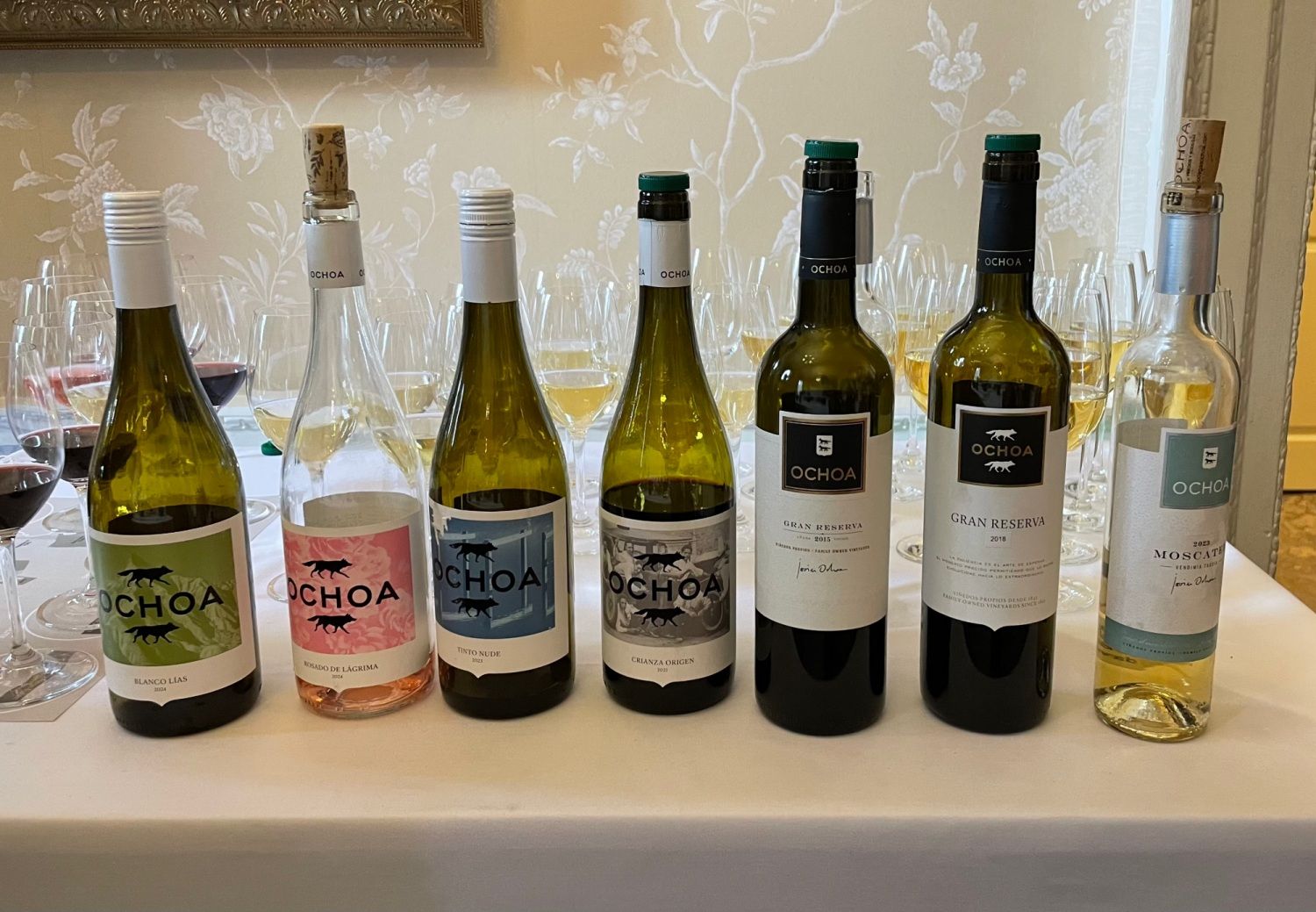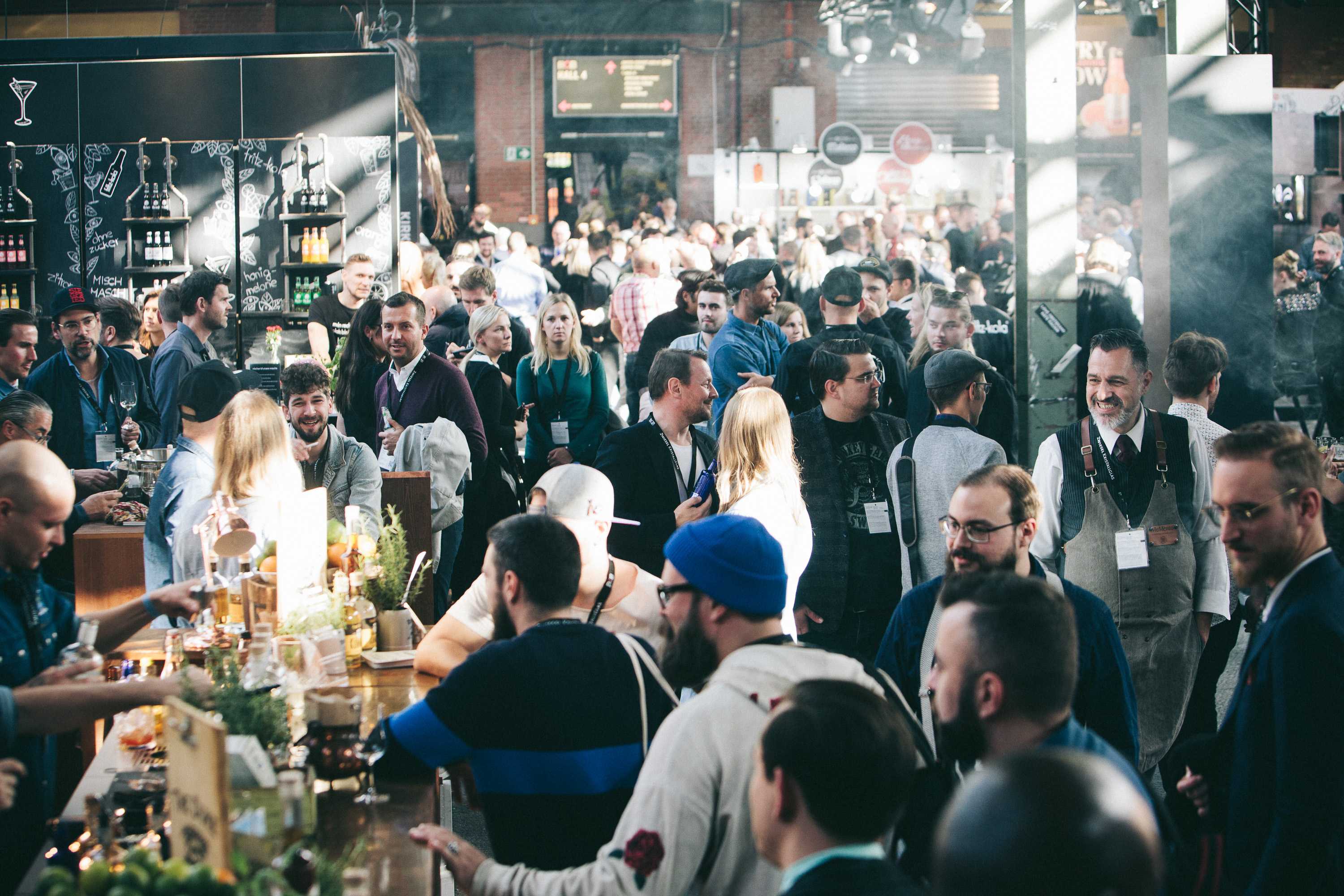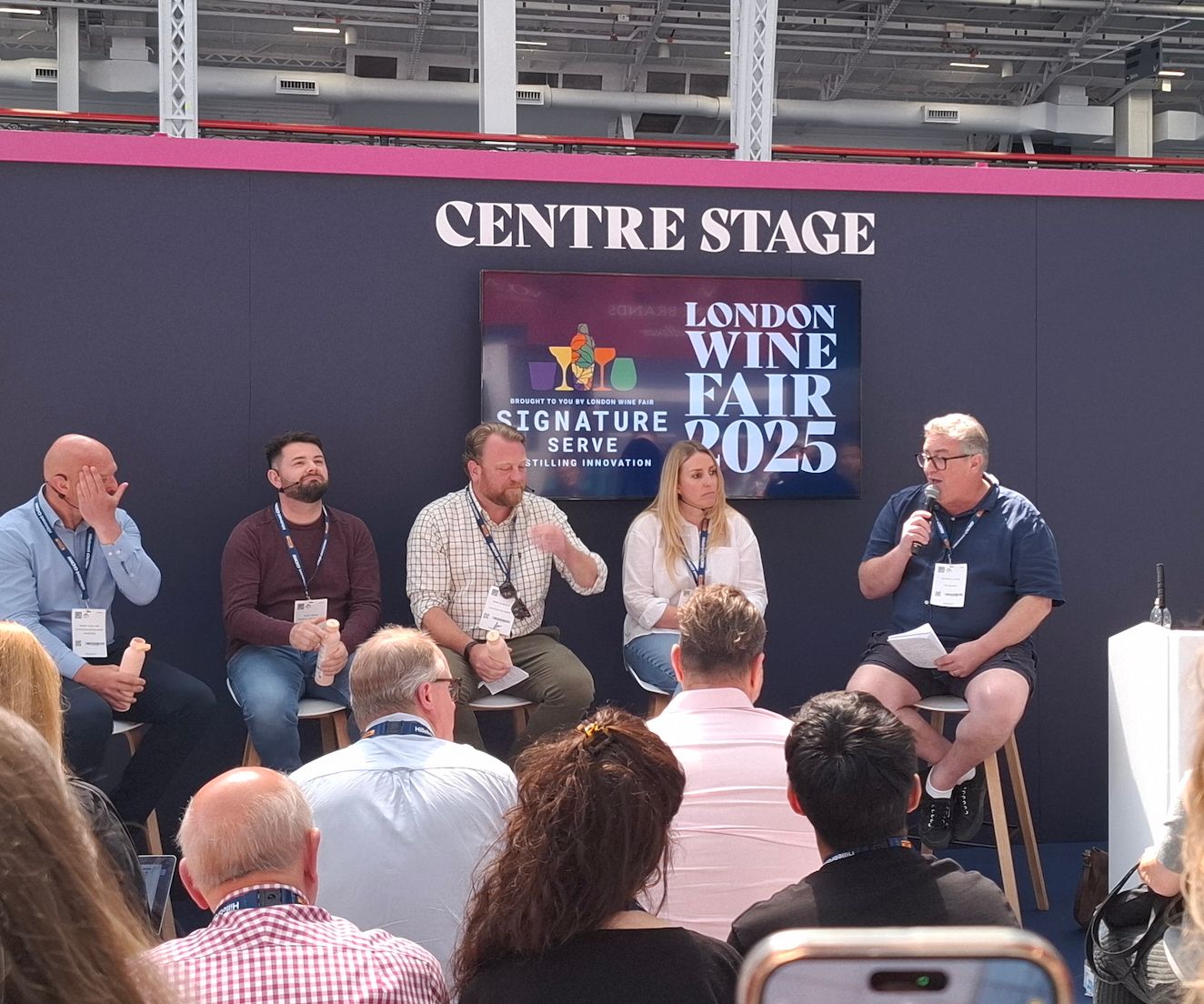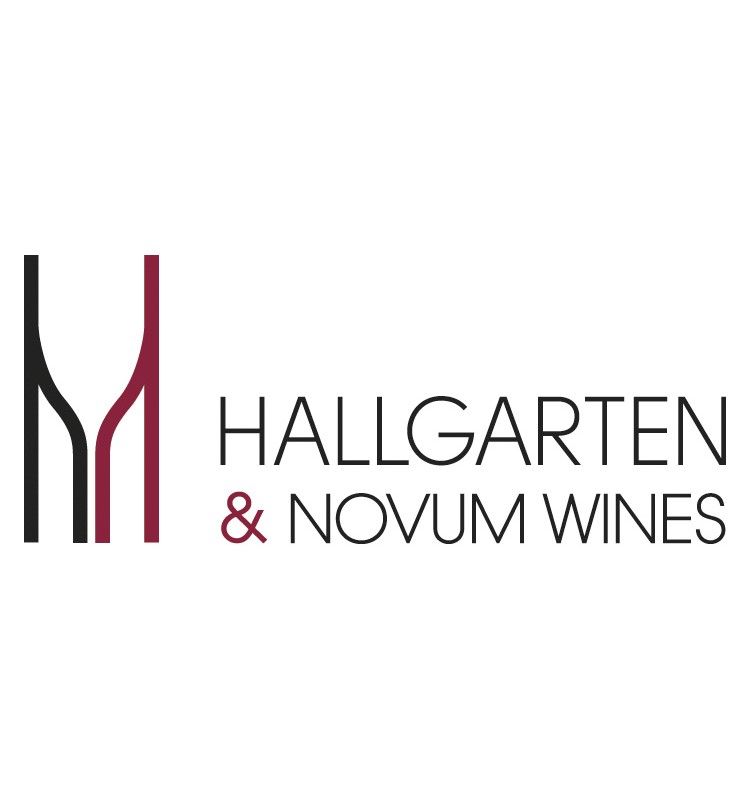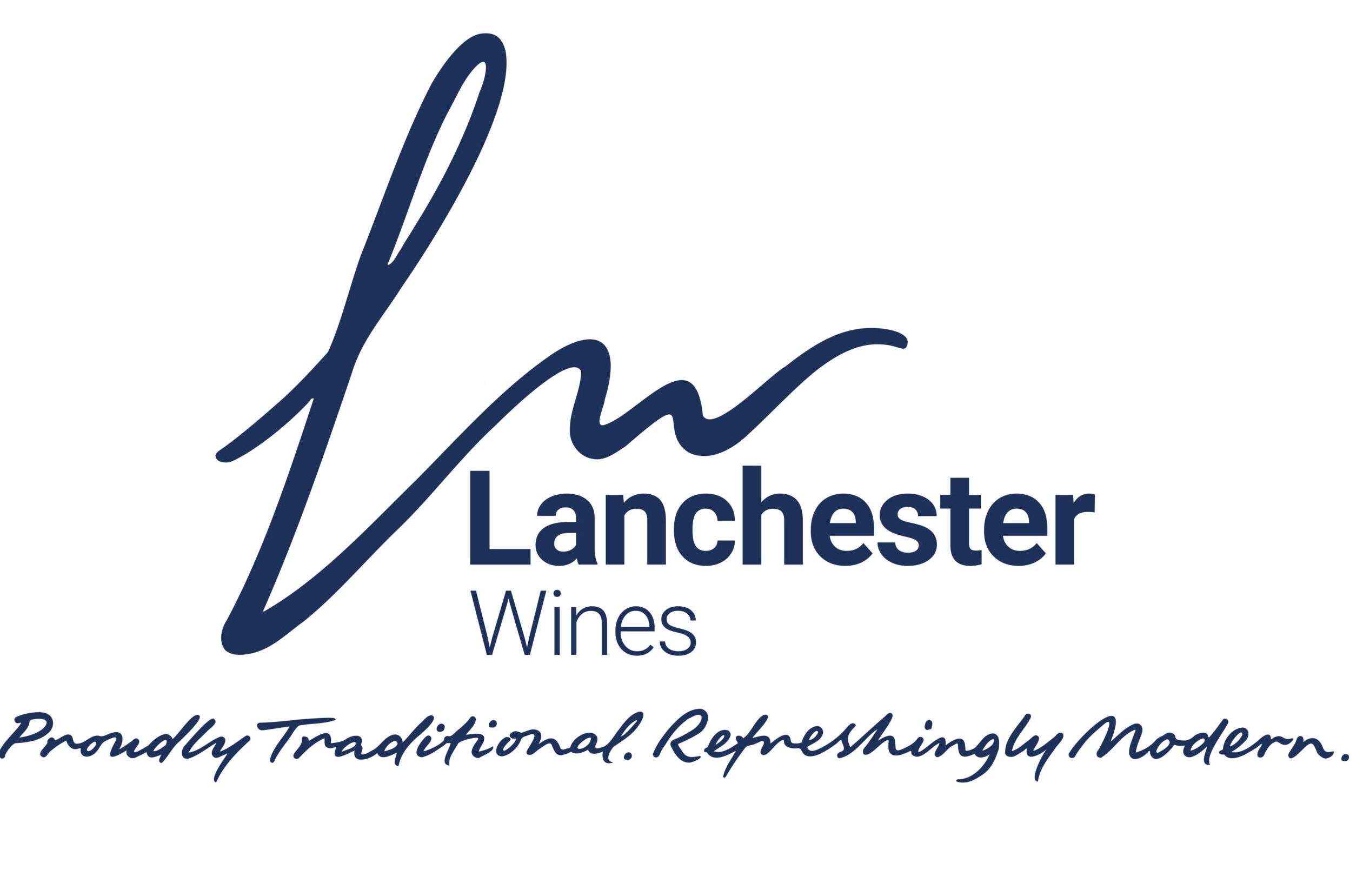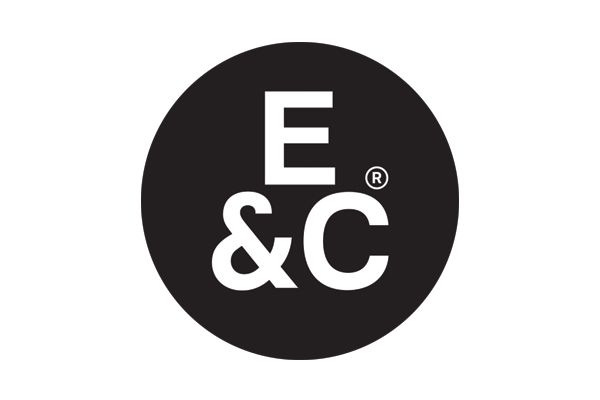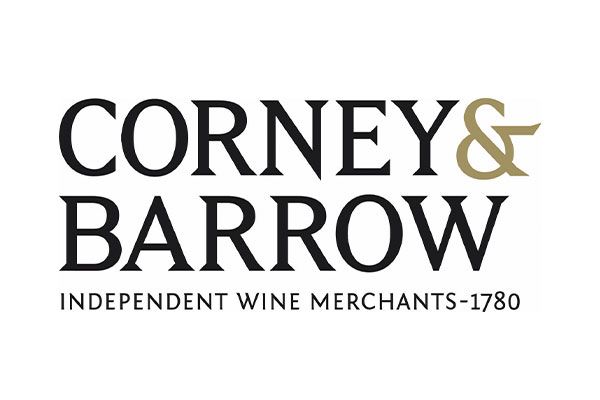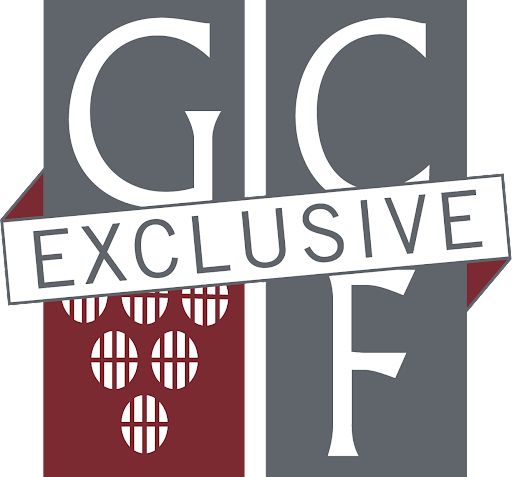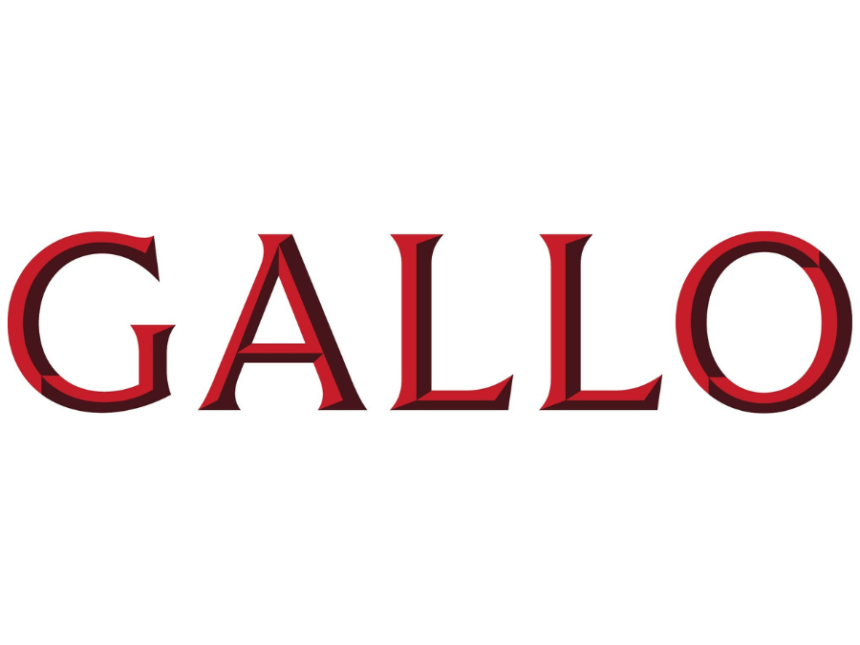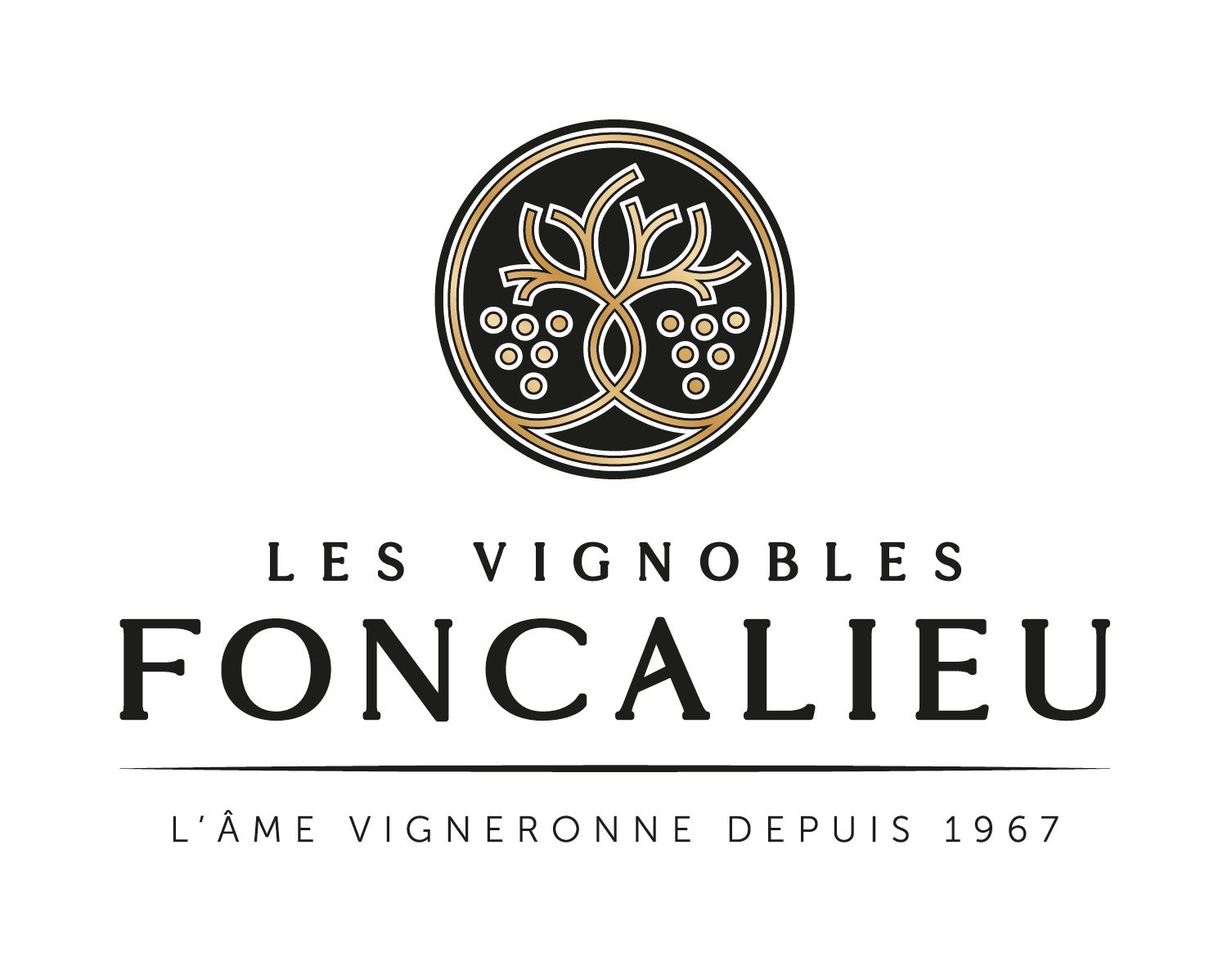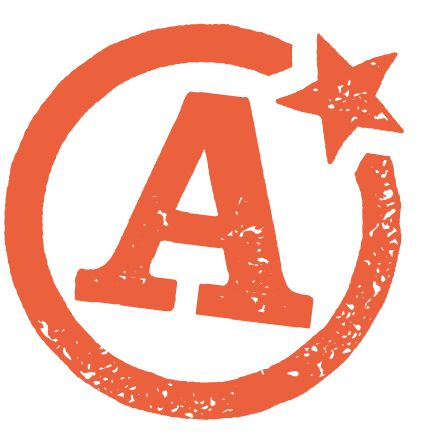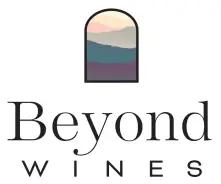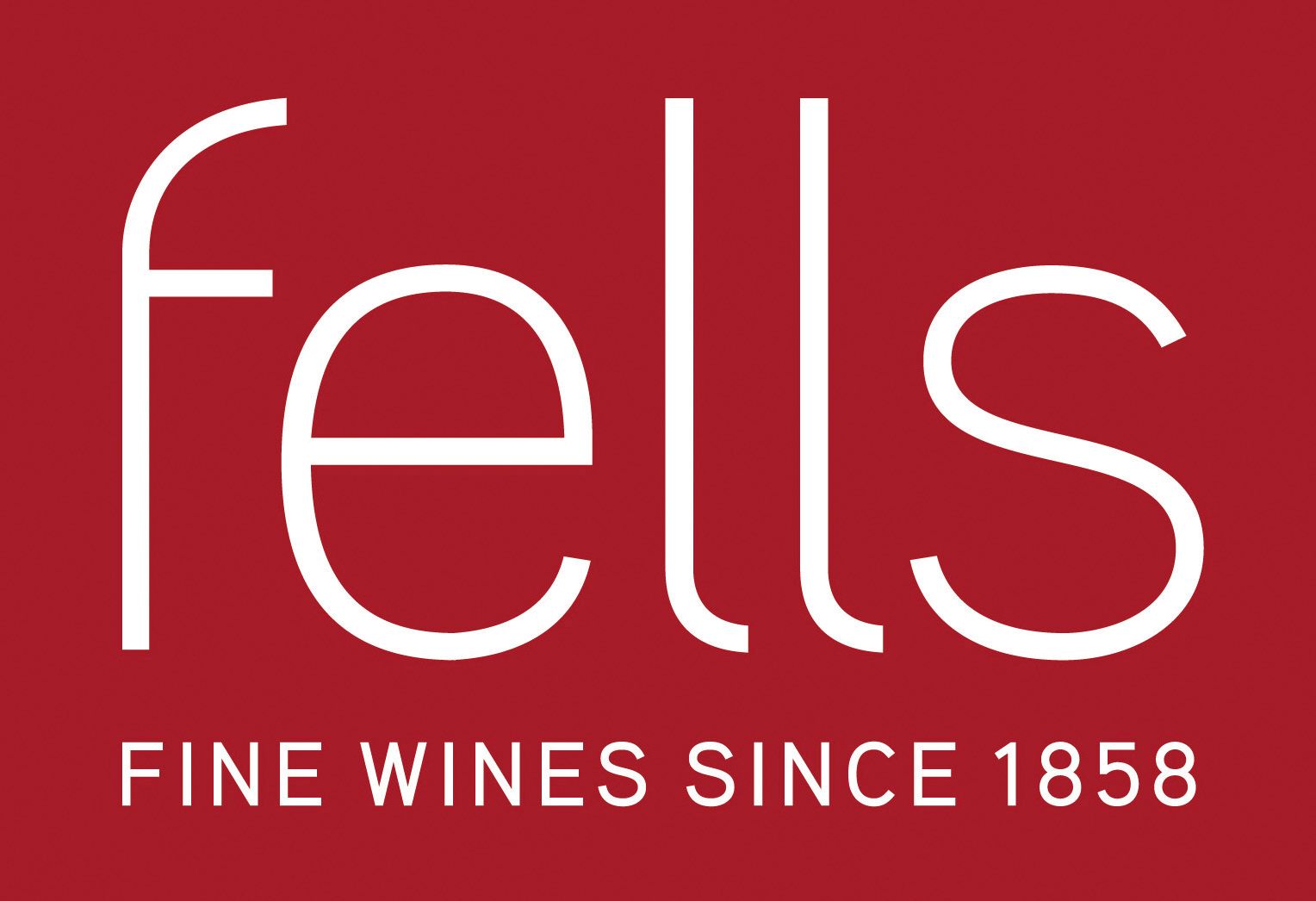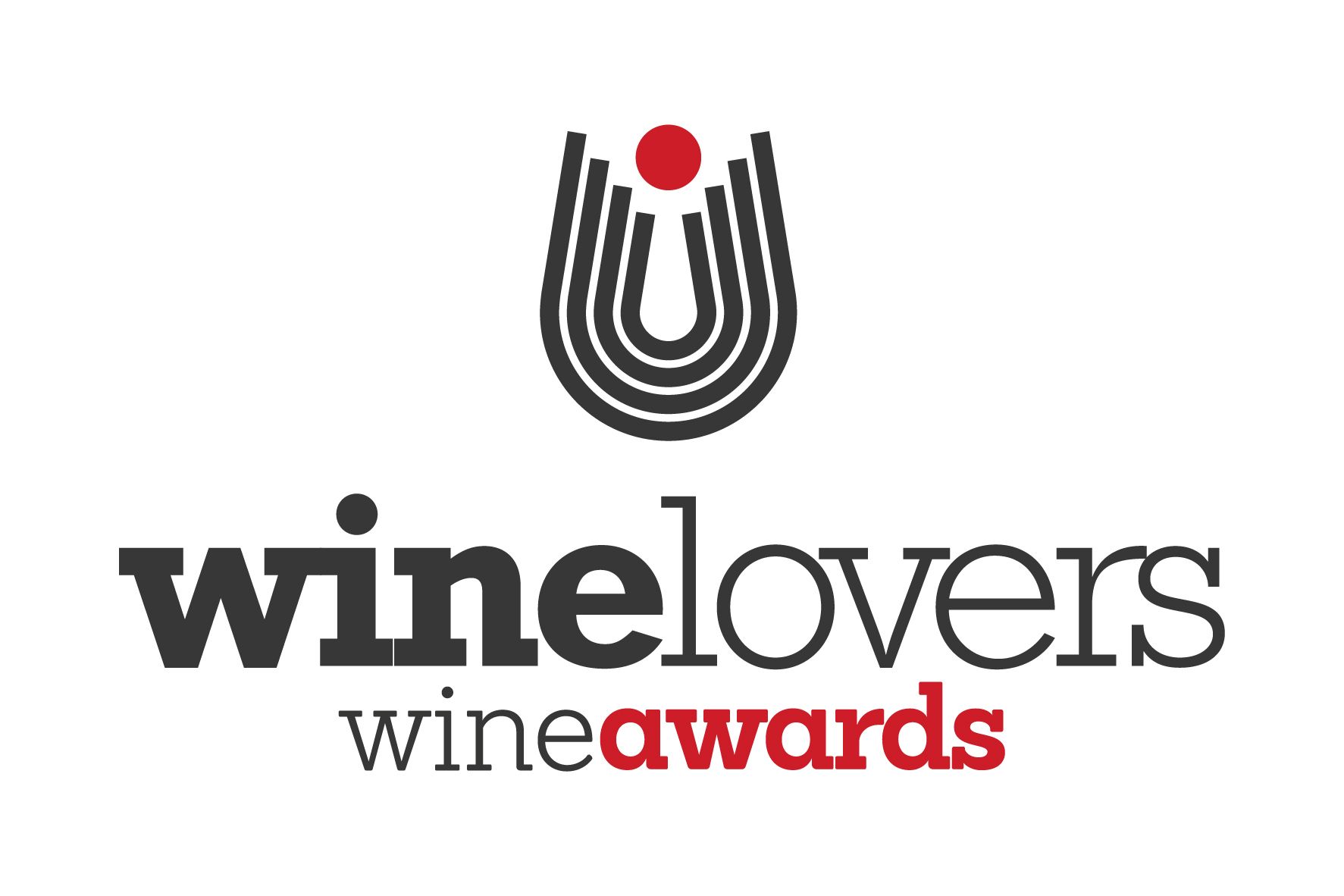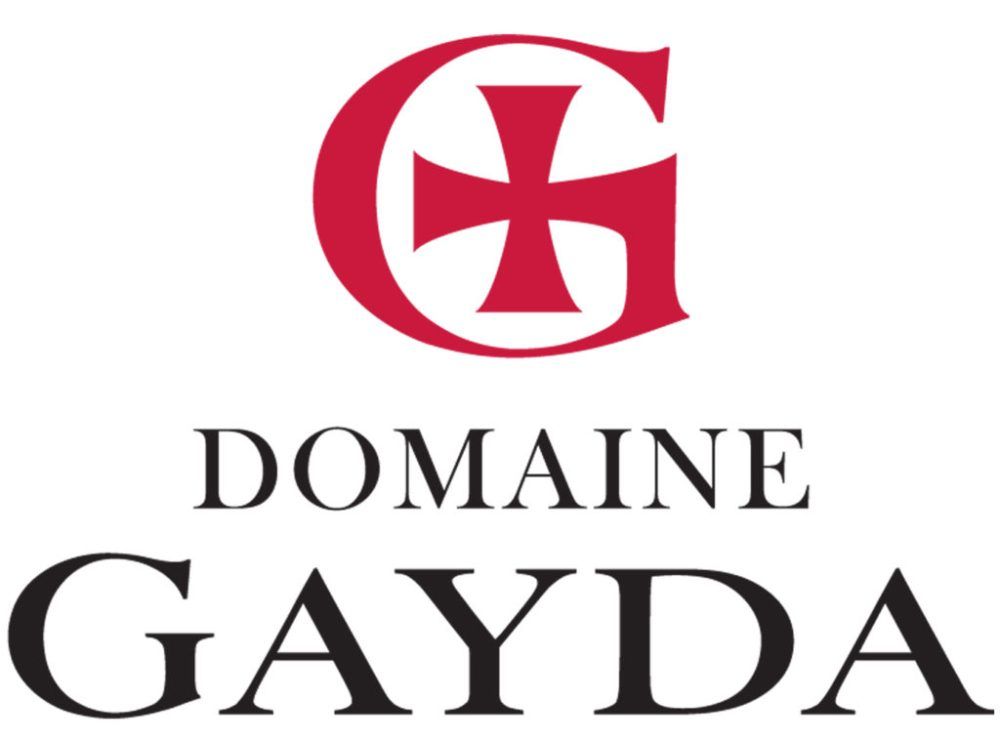Craft beer in the US is a story of collaborations, sell-outs, and consumer demand, and shows no sign of slowing down, says Katie Canfield
The US craft beer market is at a crossroads. Buyouts of small-scale, individual breweries – some of which were fundamental in the creation of the craft beer movement – by large multinational companies are a common headline these days.
Among the large beer corporations, Anheuser-Busch InBev have been the most prominent mover, having recently absorbed North Carolina’s Wicked Weed in a long series of acquisitions. They’ve even bought a stake in the RateBeer, arguably one of the top influencers in the global beer community. Their modus operandi – buy up a craft brewery, set up a large, well-funded tasting room next to a genuine, money-strapped craft brewery to price them out of the game – is documented on The Beer Studs website and is causing concern across the industry.
At the same time as AB InBev announced the newest addition to its craft beer portfolio, Heineken completed its acquisition of Californian craft beer pioneer Lagunitas, concluding a buyout that began in 2015 when it purchased a 50% stake in the company.
“An opportunity for others to brew out of the box”
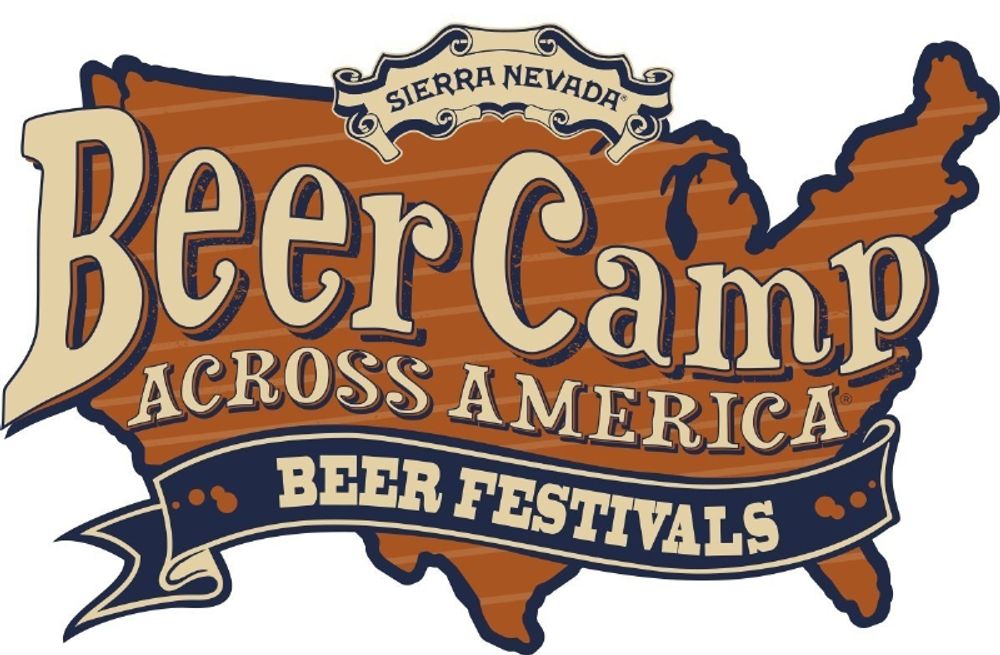
Sierra Nevada takes its Beer Camps to major cities across the US (PRNewsFoto/Sierra Nevada Brewing Co.)
Still, despite the invasion of these brewing giants, it seems that the popularity of craft beer is unlikely to disappear. The proof is in the numbers: over 3,500 beer-lovers turned up for Sierra Nevada Brewing Company’s Beer Camp in San Francisco earlier this month, an event replicated in seven other US cities, with the same attendance figures, through the end of June. Beer Camp features partnerships with 12 breweries from around the US and the rest of the world to produce a case of limited-release beers, pouring them to drinkers in a series of site-specific tasting events.
Scott Kolbe, communications manager at Sierra Nevada, one of the first craft breweries established in the US, said: “We have to adapt to the environment in order to make it relevant. You have to take full advantage of the local market.”
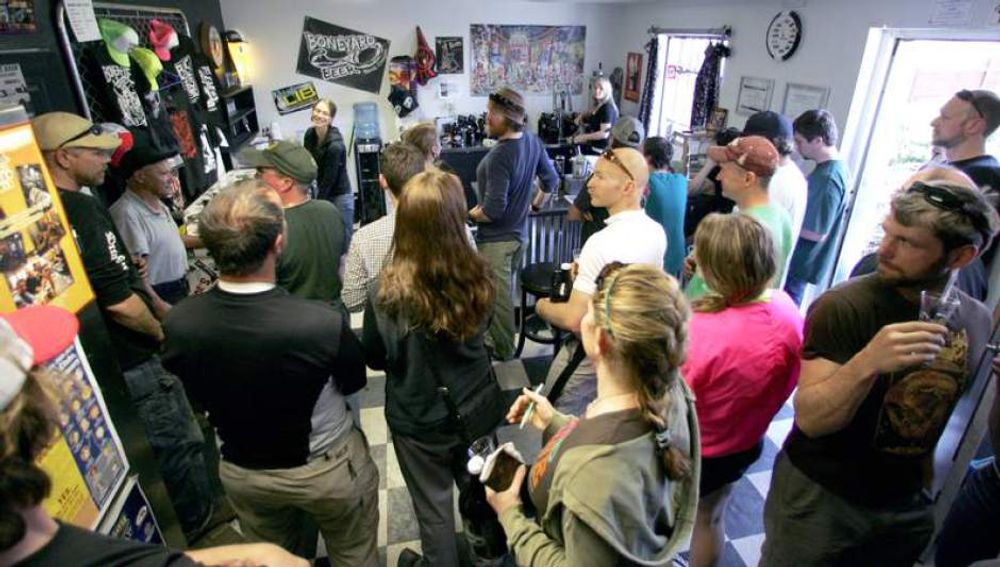
The only way to drink Boneyard Bend’s beer is to go to its brewery in Oregon
Craft beer’s locality could be the secret to its success: exceptional breweries such as Boneyard from Bend, Oregon, don’t even bottle their beer. Such is the demand for the best craft beer that drinkers will travel to the brewery rather than the brewery going to them. Growlers and the new trend of crowlers – draught beer canned on site – are a further pull.
Staying Relevant to the Consumer
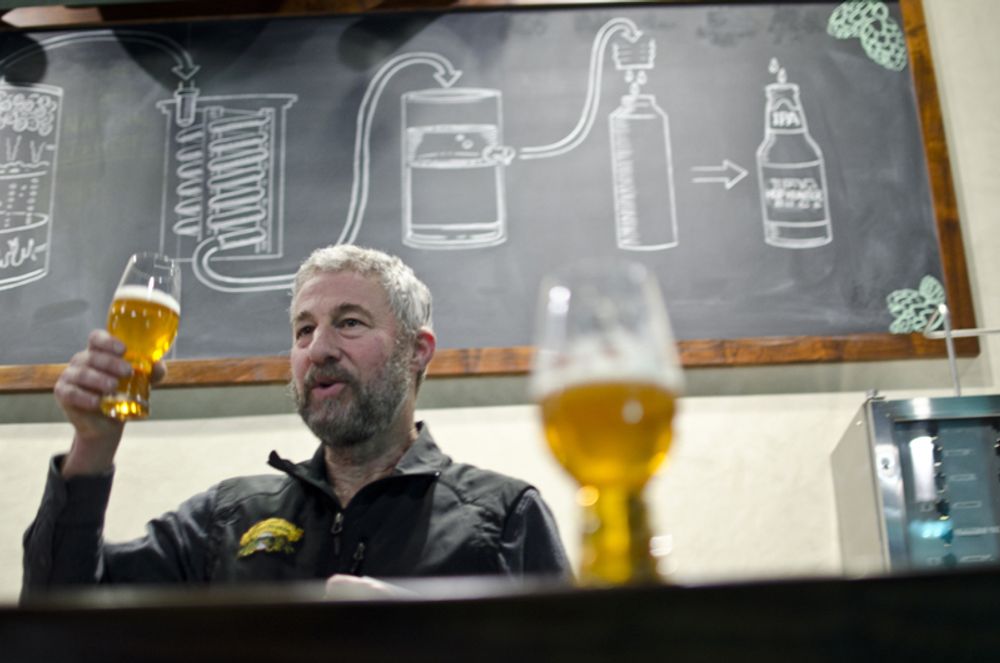
Sierra Nevada’s Ken Grossman on the challenge of staying relevant to craft beer drinkers
“It’s a full time job staying relevant to the consumer,” admitted Sierra Nevada’s founder, Ken Grossman. Success in the US’s craft beer industry is about adapting to and keeping ahead of trends. “There is a such a wide range,” he added. “Before, there wasn’t nearly the variety. And it’s all driven by consumer demand.”
He started Sierra Nevada when there were just 45 breweries across the country; now competition is huge and the multi-national breweries no longer co-operate and share ideas like they did in the late 1970s when he established the company.
Seth Wile, lead brewer at San Francisco’s Magnolia Brewing – independent for 20 years – admitted: “AB InBev puts a lot of pressure on the little guys, but we’re all about sticking to our roots – though we don’t want to get lost in the mix.”
Other, small-scale breweries like Boneyard succeed because they don’t push too far too quickly (sadly their beers are rarely available outside Oregon, let alone in the UK). As Grossman confirmed: “National distribution placements are few and far between. Breweries that establish local pubs will do well.”
But he is still confident the local US craft beer scene has a way to go yet. “I always drink local,” he stressed.
But what happens when craft brewers want to go beyond the local market? Sierra Nevada has succeeded because it hasn’t been afraid of taking on debt and risk: “Some breweries have taken on investors, partnered with multi-nationals, or gone the route of debt financing, which is what we’ve done. We’re taking a risk, but I’ve had that risk tolerance throughout the life of the business,” explained Grossman.
This is the challenge that craft beer faces in the US, the UK, and elsewhere: stay local and small, expand and risk losing identity, or somehow keep that identity while expanding. How craft breweries rise up to that challenge points to the future of the industry.
